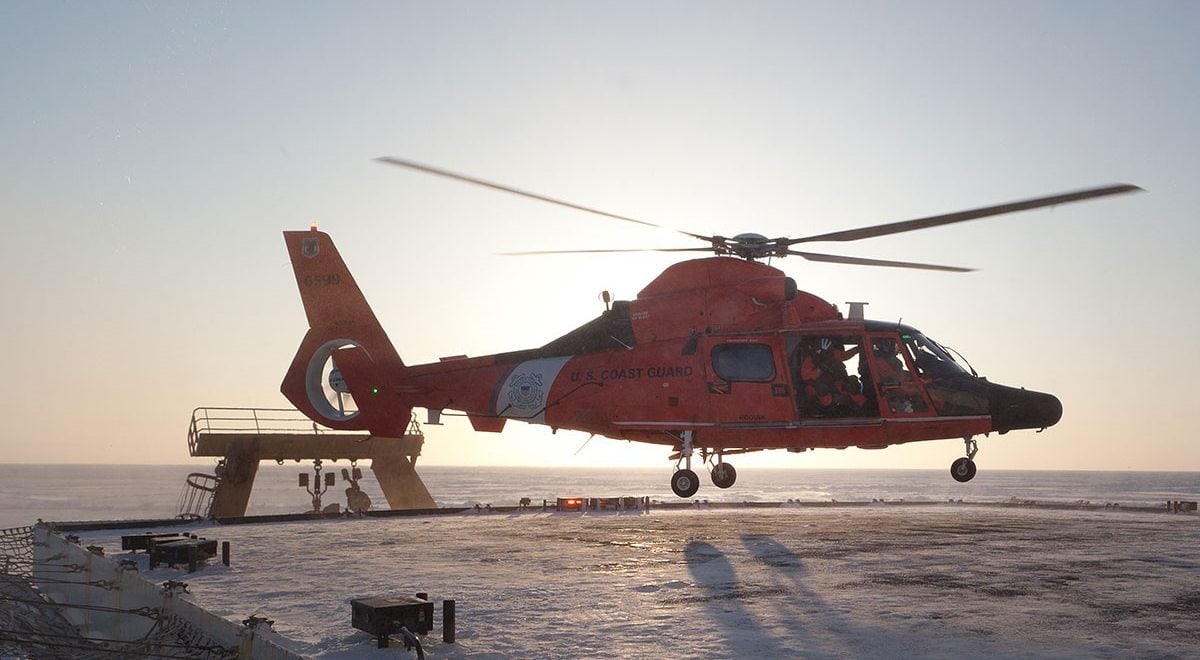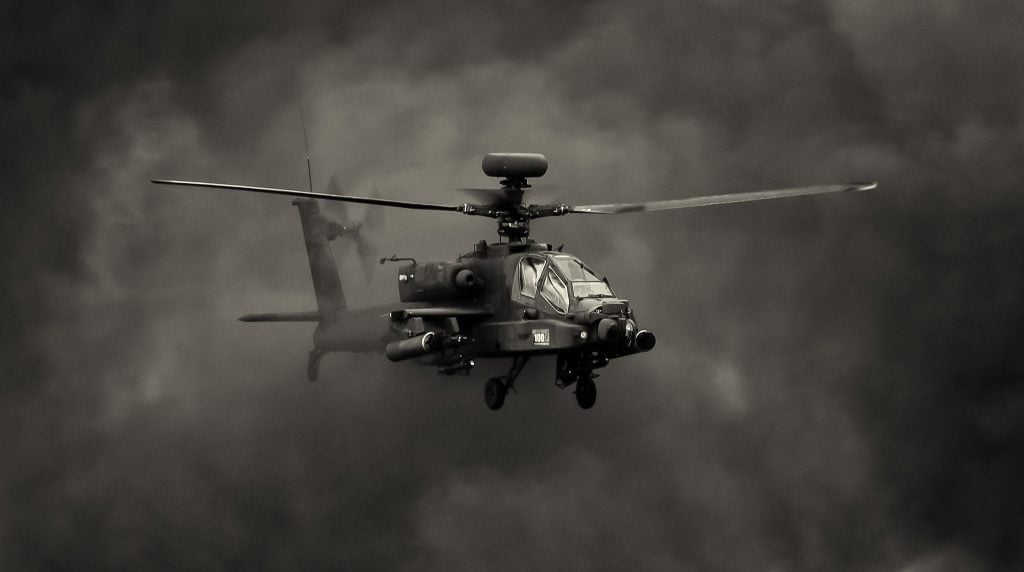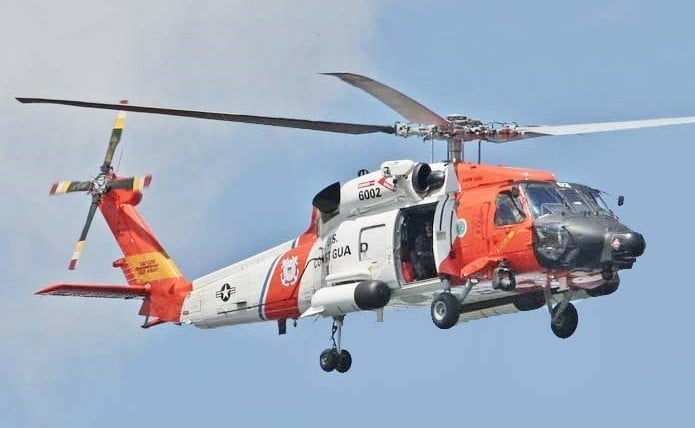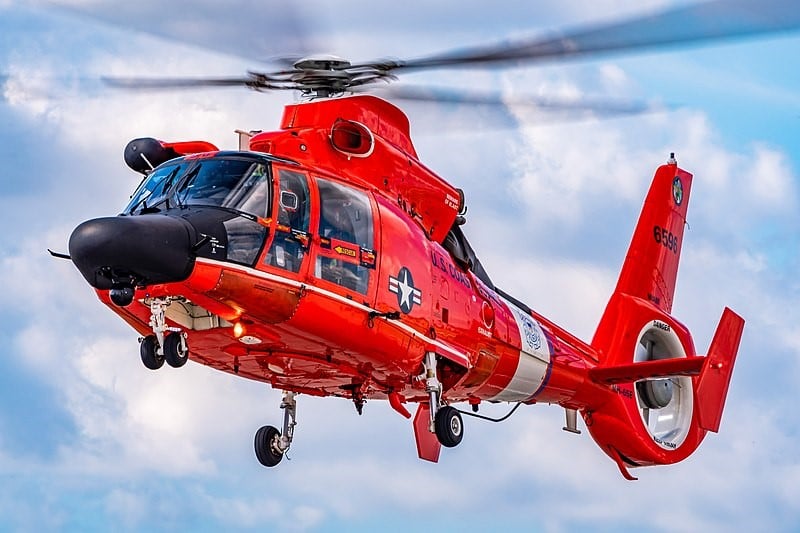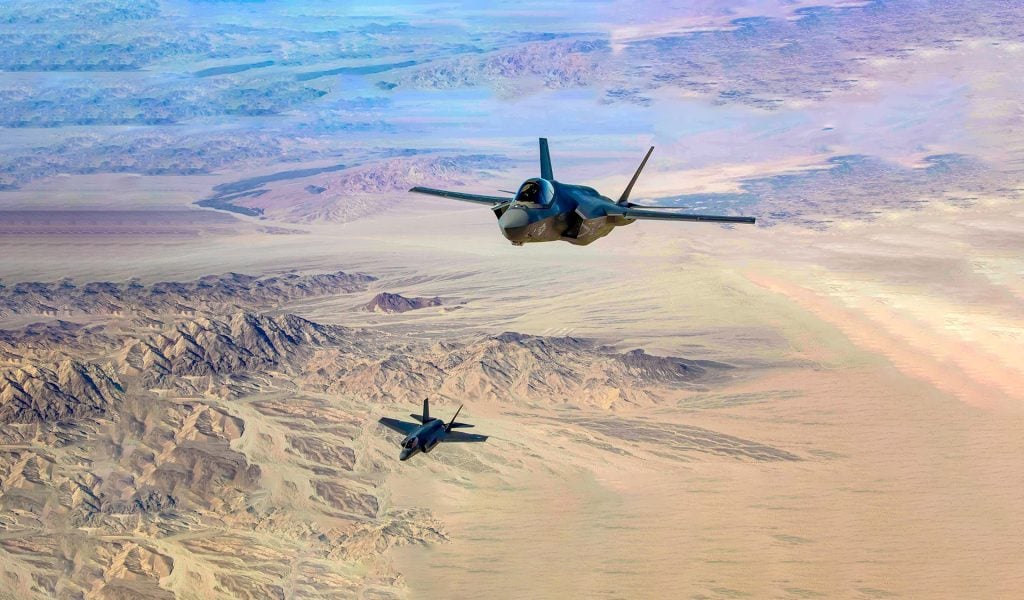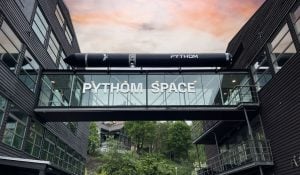The United States Coast Guard (USCG) plays a pivotal role in ensuring maritime safety and security. Among its various assets, helicopters are vital for search and rescue operations, law enforcement, and environmental protection.
This article delves into the most widely utilized Top helicopter Of the US Coast Guard, exploring its specifications, operational capabilities, and historical significance.
The Role of Helicopters in the US Coast Guard
Helicopters are indispensable to the Coast Guard’s mission, providing versatility and rapid response capabilities. They are primarily employed for:
- Search and Rescue Operations: Helicopters can reach remote areas quickly, making them essential for saving lives during emergencies at sea or in coastal regions.
- Law Enforcement: They assist in enforcing maritime laws, including drug interdiction and illegal fishing activities.
- Environmental Protection: Helicopters are utilized for monitoring oil spills and other environmental hazards, allowing for timely interventions.
The USCG operates a fleet of helicopters that have been specifically designed to meet these diverse operational demands.
Also Read | The 5 Hottest Bases in the United States
1. The Sikorsky MH-60T Jayhawk
The Sikorsky MH-60T Jayhawk stands out as the most widely used helicopter in the US Coast Guard. This aircraft is a modified version of the US Navy’s SH-60 Seahawk and has been a cornerstone of the Coast Guard’s aviation capabilities since its introduction.
History and Development
The MH-60T Jayhawk was introduced to replace the older Sikorsky S-61R Pelican, with its maiden flight taking place in 1989. By 1990, it was officially integrated into the USCG fleet. The helicopter was developed to enhance the Coast Guard’s operational efficiency, featuring advanced technology and improved performance metrics.
Key Features
- Speed and Range: The MH-60T can reach speeds of up to 205 mph, with a cruising speed of around 160 mph. Its operational range is approximately 802 miles, allowing it to conduct missions far from shore.
- Crew Capacity: It typically operates with a crew of four, including a pilot, co-pilot, and two flight crew members, ensuring effective mission execution.
- Advanced Systems: The helicopter is equipped with sophisticated avionics, enabling it to perform various missions under challenging conditions.
Versatility in Operations
The MH-60T Jayhawk is designed for a multitude of roles, including:
- Search and Rescue: Its primary function, capable of conducting complex rescues in adverse weather conditions.
- Law Enforcement: Used for surveillance and engaging in operations against drug trafficking and illegal fishing.
- Environmental Missions: Supports efforts to monitor and mitigate environmental disasters.
Technical Specifications of the MH-60T Jayhawk
Understanding the specifications of the MH-60T Jayhawk provides insight into its capabilities. Here’s a detailed breakdown:
| Specification | Details |
|---|---|
| Crew | 4 (Pilot, Co-pilot, 2 Crew) |
| Length | 64 feet 10 inches |
| Wingspan | 53 feet 8 inches |
| Height | 17 feet |
| Empty Weight | 14,500 lbs |
| Maximum Takeoff Weight (MTOW) | 21,884 lbs |
| Powerplant | 2 × General Electric T700-GE-401C gas turbines, 1,890 shp each |
| Maximum Speed | 205 mph |
| Cruise Speed | 160 mph |
| Range | 802 miles |
| Service Ceiling | 5,000 feet |
2. The Eurocopter MH-65 Dolphin
Another significant helicopter in the USCG inventory is the Eurocopter MH-65 Dolphin. While it may not be as widely used as the Jayhawk, it is crucial for specific missions, particularly short-range operations.
Historical Background
The MH-65 Dolphin is derived from the AS365 Dauphin, a French-built helicopter. It has been in service with the US Coast Guard since the early 1990s, providing essential support for various missions.
Unique Features
- Compact Design: The Dolphin is smaller than the Jayhawk, making it agile and suitable for operations in confined spaces.
- Advanced Avionics: Equipped with state-of-the-art navigation and communication systems, it enhances operational effectiveness.
- Fenestron Tail Rotor: This design feature improves safety and reduces noise, making it ideal for sensitive missions.
Operational Roles
The MH-65 Dolphin is primarily employed for:
- Search and Rescue: Its compact design allows for quick deployment in emergency situations.
- Patrol Missions: Used for homeland security and law enforcement tasks.
- Environmental Monitoring: Assists in observing environmental hazards and conducting assessments.
Also Read | 15 Most Expensive Future Weapons of the United States Military 2024
Technical Specifications of the MH-65 Dolphin
Here’s a closer look at the specifications of the Eurocopter MH-65 Dolphin:
| Specification | Details |
|---|---|
| Crew | 2 Pilots, 2 Crew |
| Length | 38 feet 1 inch |
| Height | 13 feet 1 inch |
| Empty Weight | 6,896 lbs |
| Maximum Takeoff Weight (MTOW) | 9,480 lbs |
| Powerplant | 2 × Turbomeca Arriel 2C2-CG turboshaft engines, 636 kW each |
| Main Rotor Diameter | 39 feet 1 inch |
| Maximum Speed | 210 mph |
| Cruise Speed | 150 mph |
| Range | 409 miles |
| Service Ceiling | 17,999 feet |
Comparing the Jayhawk and Dolphin
Both the MH-60T Jayhawk and the MH-65 Dolphin are essential to the US Coast Guard’s operations, but they serve different purposes. Here’s a comparative overview:
| Feature | MH-60T Jayhawk | MH-65 Dolphin |
|---|---|---|
| Primary Role | Long-range search and rescue | Short-range operations |
| Speed | 205 mph | 210 mph |
| Cruise Speed | 160 mph | 150 mph |
| Range | 802 miles | 409 miles |
| Crew Capacity | 4 | 4 |
Operational Efficiency
The choice between the two helicopters often depends on mission requirements. For extensive search and rescue missions far from shore, the Jayhawk is preferred due to its range and speed. In contrast, the Dolphin excels in rapid response scenarios requiring agility and maneuverability.
The Future of USCG Helicopters
As technology evolves, so does the need for more advanced helicopters within the US Coast Guard. The future will likely see enhancements in the following areas:
- Advanced Avionics: Upgrading navigation and communication systems for improved operational efficiency.
- Enhanced Performance: Research into more powerful engines and lighter materials to boost speed and range.
- Autonomous Systems: Exploring the integration of unmanned aerial vehicles (UAVs) for specific missions, reducing risk to crew members.
Training and Maintenance
The effectiveness of the US Coast Guard’s helicopter fleet hinges not only on the aircraft themselves but also on the training and maintenance protocols in place.
Pilot Training
Pilots undergo rigorous training to ensure they are prepared for the diverse challenges they may face. This includes:
- Simulator Training: Familiarization with various flight scenarios and emergency procedures.
- Field Training: Real-world exercises that simulate search and rescue missions, law enforcement operations, and environmental assessments.
Maintenance Protocols
Regular maintenance is crucial for the safety and reliability of the helicopters. This involves:
- Routine Inspections: Conducting thorough checks on all aircraft components to ensure they meet safety standards.
- Scheduled Overhauls: Performing extensive maintenance at predetermined intervals to address wear and tear.
Also Read | 5 Top Attack Helicopters in the World 2024
Conclusion
The Sikorsky MH-60T Jayhawk stands out as the top helicopter of the US Coast Guard, playing a vital role in search and rescue operations, law enforcement, and environmental protection. Its advanced technology, impressive specifications, and operational versatility make it an indispensable asset in the Coast Guard’s mission to safeguard the nation’s waters. Meanwhile, the Eurocopter MH-65 Dolphin complements the Jayhawk by providing agile support for short-range missions. Together, these helicopters embody the commitment of the US Coast Guard to protect lives and uphold maritime law.
FAQs
1. What is the primary mission of the US Coast Guard’s helicopters?
The primary mission of the US Coast Guard’s helicopters includes search and rescue operations, law enforcement, and environmental monitoring.
2. How many helicopters does the US Coast Guard operate?
The US Coast Guard operates a fleet of approximately 201 fixed-wing and rotary-wing aircraft, including the MH-60T Jayhawk and the MH-65 Dolphin.
3. What are the main advantages of the MH-60T Jayhawk?
The MH-60T Jayhawk offers a longer range, higher speed, and advanced technology, making it ideal for extensive search and rescue missions.
4. How does the MH-65 Dolphin differ from the MH-60T Jayhawk?
The MH-65 Dolphin is designed for short-range operations, featuring a more compact design and agility, while the MH-60T Jayhawk is suited for long-range missions.
5. What future advancements are expected for US Coast Guard helicopters?
Future advancements may include enhanced avionics, improved performance capabilities, and the integration of autonomous systems for specific missions.
